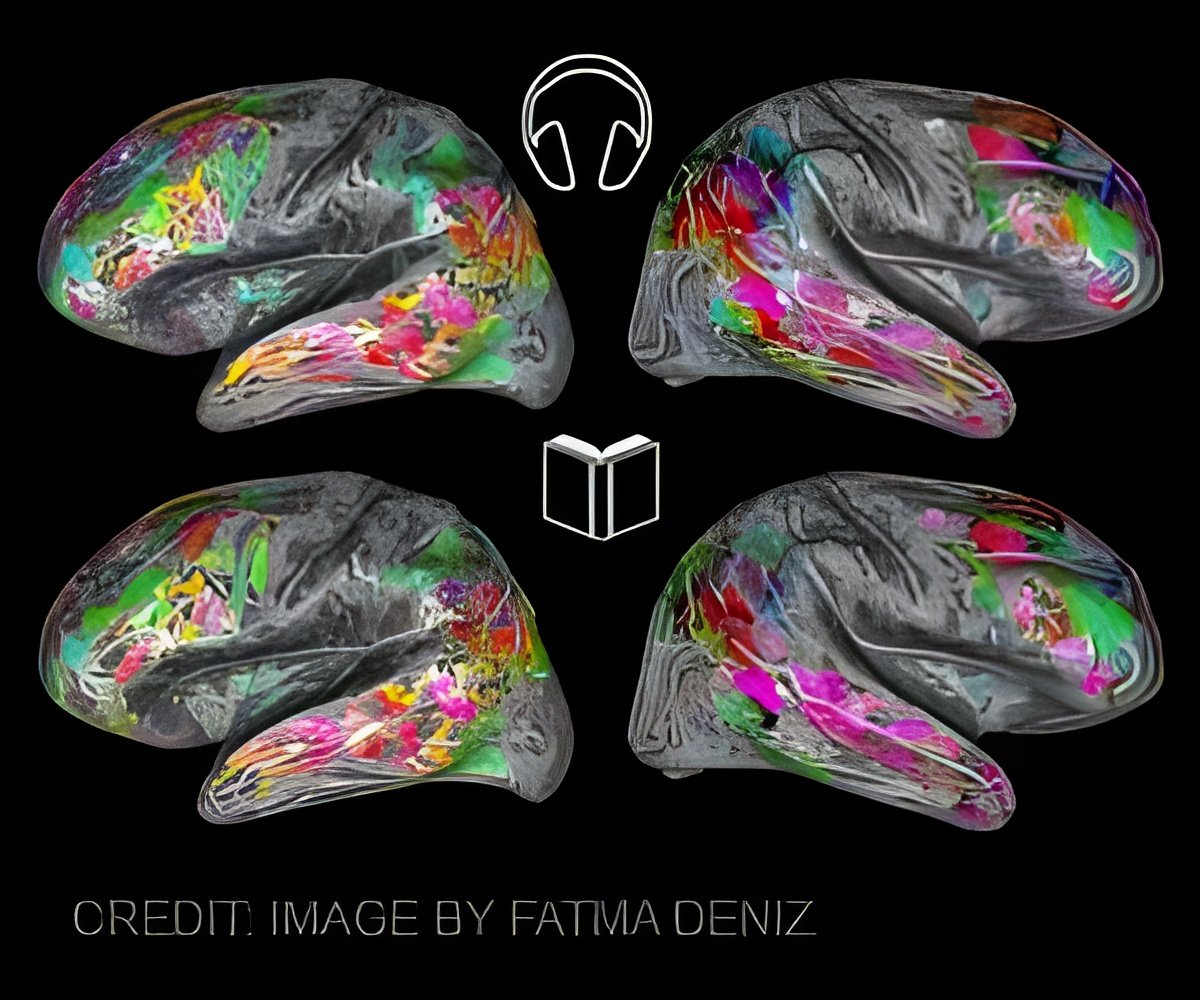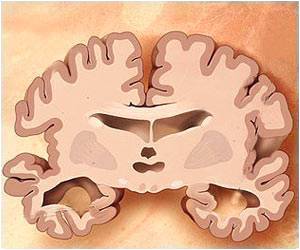New biomarkers that identify the future high dementia risk patients can initiate the treatment process earlier, finds a study.

‘Branched-chain amino acids act as the new biomarkers that identify high risk dementia patients earlier.’





The study analyzed small molecules called metabolites in blood samples drawn from 22,623 individuals, including 995 who went on to develop dementia. The participants were enrolled in eight research cohorts in five countries. Associations with lower, higher risk
Researchers found that higher blood concentrations of molecules called branched-chain amino acids were associated with lower risk of future dementia. Another molecule, creatinine, and two very low-density lipoprotein (VLDL)-specific lipoprotein lipid subclasses also were associated with lower risk of dementia.
One high-density lipoprotein (HDL) and one VLDL lipoprotein subclass were associated with increased dementia risk.
These findings will broaden the search for drug targets in dementia caused by Alzheimer’s disease, vascular disease and other subtypes, said Dr. Seshadri, professor of neurology at UT Health San Antonio. Formerly of Boston University, Dr. Seshadri is a senior investigator in the long-running Framingham Heart Study and leads the neurology working group within several international consortia.
"It is now recognized that we need to look beyond the traditionally studied amyloid and tau pathways and understand the entire spectrum of pathology involved in persons who present with symptoms of Alzheimer’s disease and other dementias," Dr. Seshadri said. "It is exciting to find new biomarkers that can help us identify persons who are at the highest risk of dementia."
Advertisement
In the future, the Glenn Biggs Institute may investigate the feasibility of developing a diagnostic exam, such as a blood test, to assess each patient’s molecular signature of dementia risk. The signature could include blood concentration of branched-chain amino acids. The altered metabolite signatures were observed years before the diagnosis of dementia when those study participants were healthy, Dr. Seshadri said. If a test were to become available, therapy could be initiated earlier.
The study was in persons of European ancestry and was carried out in collaboration with researchers in Finland, the Netherlands, the United Kingdom and Estonia. Dr. Seshadri is eager to replicate it in South Texas. "The Glenn Biggs Institute at UT Health San Antonio will expand these studies to include the diverse racial and ethnic groups who live in South Texas," she said.
Advertisement
Lifestyle modifications
Metabolites are influenced by genetic and environmental factors, and their levels can be modified through dietary and pharmacological interventions. "I hope that people reading about this study will understand that they can take ownership of their health," Dr. Seshadri said. "The lifestyle decisions they make, such as adopting a Mediterranean or other healthful diet, can affect these metabolites in ways we do not fully understand."
Further studies can clarify whether the branched-chain amino acids and other molecules play a causal role in the dementia disease process or are merely early markers of the disease, Dr. Seshadri said.
Source-Eurekalert












